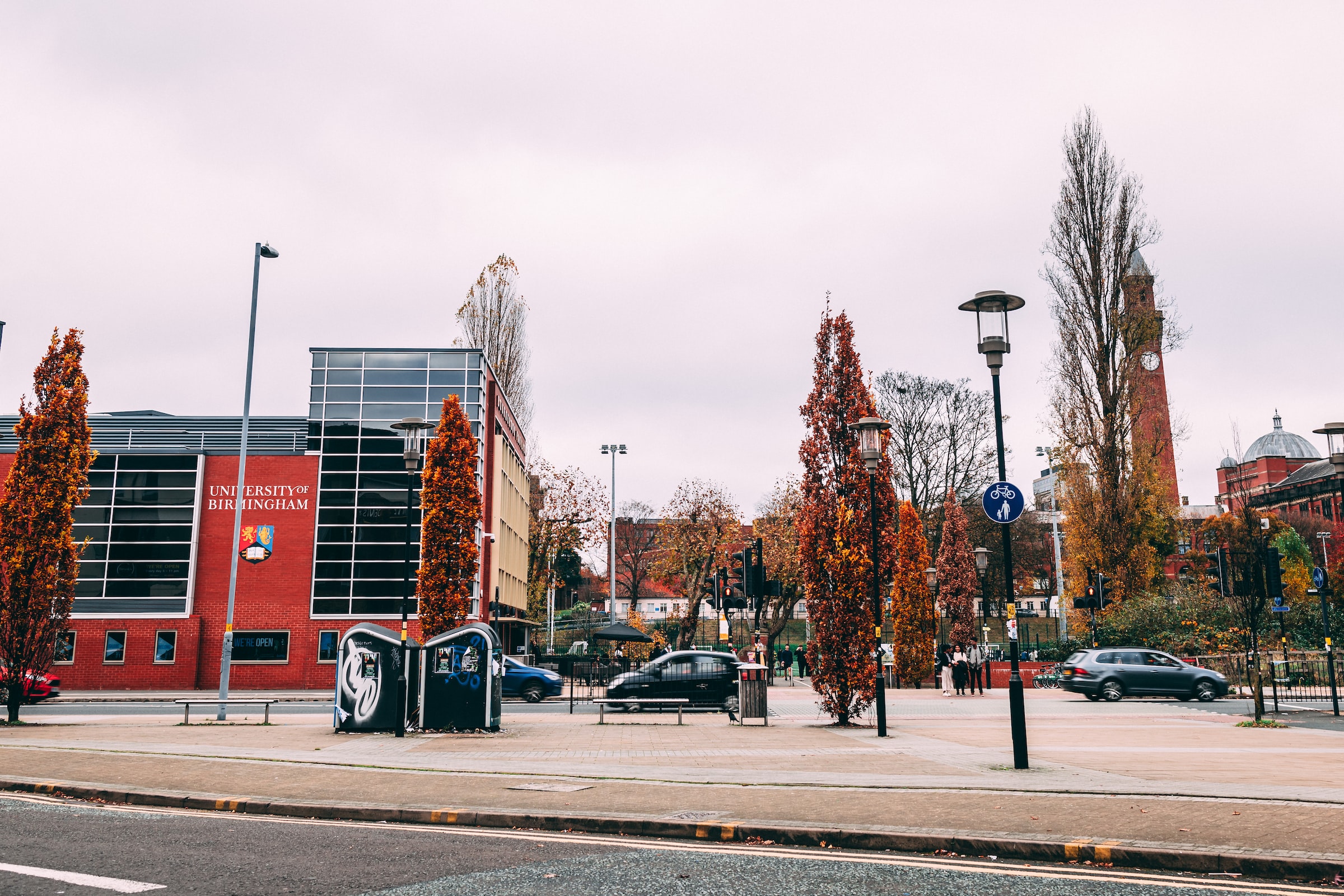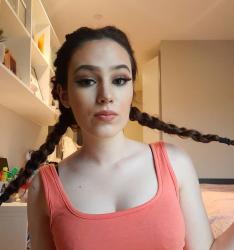
Digital Editor Tamzin Meyer looks into the the lack of diversity in the hit summer show Love Island and its damaging effects on contestants and society at large
No matter the year, the Love Island cast always looks relatively the same. It is as if the production team all got together for the first season, picked their ideal contestants, and decided to keep this model the same ever since. The obvious similarities between cast members were somewhat funny for the first couple of years when the casting seemed less intentional, but the show is now on its seventh series and shows little hope of changing to represent society fairly.
I think that tokenism is a big issue for Love Island. Every year, when the starting line-up is released, I hope that the show has progressed in its representation of islanders. I hope that the show will embrace people of all races, body types and sexualities. Instead, it seems as if scouting agents are there with a checklist, doing the bare minimum to cover the grounds of diversity. It is almost laughable.
It seems as if scouting agents are there with a checklist, doing the bare minimum to cover the grounds of diversity
My first issue with the line-up is that almost all the girls have the same figure. They are usually what society would classify as skinny girls – the girls that look like perfect Barbies. How many people actually look like that though? It is certainly hard to believe that Love Island is doing all it can to embrace diversity when there is not one curvy girl in sight. Of course, there is no denying that there are people out there that do have a slim body type, but most people are not models and are living in a reality far from the supposed paradise of Love Island.
The show did introduce us to a slightly curvier girl in 2018 but when the average clothing size for women in the UK is a size sixteen and Alexandra Cane was a size ten, her stint on the show did not seem as meaningful. Albeit Alexandra was a beautiful step in the right direction, considering the girls on the show are usually a size six. Yet, it seemed like a token of inclusion to please viewers as the following years reverted back to the typical line up.
Simply having curvier or ethnic contestants is not good enough. They need to really make an effort to embrace them.
It breaks my heart that impressionable young girls and boys who watch the show feel like they should look like the islanders they see on TV. These are the same islanders who have spent hours of their time and thousands of pounds just so they stood a chance of fitting into the ‘hot girl’ or ‘gym lad’ stereotype that made them worthy of being a contestant.
I am by no means trying to slate the show, I am a big fan of the villa and all its drama myself. But I cannot defend the show for its impact on young women and men. I myself did not watch season six due to the impact the show had on my own mental health. I had to remove myself from the unrealistic representation of women as I started hating what I looked like in the mirror. However, I understand how the show can have the potential to play mind games on young people and I only wish that changes are made so my sister does not have to go through the same experience.
I had to remove myself from the unrealistic representation of women
It is not just the viewers who are affected by the limited mindset of Love Island producers, as former islanders have also spoken out about how trying to look like the ‘perfect’ contestant affected them heavily. A tear came to my eye as I heard how Shaughna Phillips prepared for her time on the show. She spoke out about how she encouraged people shaming her when she reached for junk food before her time in the villa and now ‘regrets not appreciating her body.’ I think that Love Island really needs to normalise larger body types in the villa to make young people realise their body is beautiful, and they are just as worthy of love as anybody else, instead of continuing to limit themselves to size six models.
Another issue I have is that the show does not do enough to embrace people of different races. Look at the initial line up and you will usually see four white girls and one girl of an ethnic background – the token girl. Oh, she will usually be the last to be picked by the boys too. In this year’s season, Kaz Kamwi became the fourth black woman to be picked last in the first coupling. How are black women supposed to feel if they are made to believe that they are unworthy of love? Are they meant to feel that they are not as beautiful as the other girls by a TV show that is supposed to embrace diversity? These women are just as beautiful as the other islanders and the show should be actively doing more to make them feel appreciated.
How are black women supposed to feel if they are made to believe that they are unworthy of love?
Former contestant, Yewande Biala suggested that the show should hire ‘black producers who can cast these contestants’, after she felt that history was repeating itself from when she was the last to be picked in 2019. This would most certainly be a good idea for the show as black producers could really focus on inclusion and hopefully scout more than a handful of token ethnic contestants. I think that the issue with Love Island’s lack of diversity stems down to how they deal with inclusion. Simply having curvier or ethnic contestants is not good enough. They need to really make an effort to embrace them, by making them feel just as worthy as anybody else.
This year, Hugo Hammond has been named by the media as the show’s first ever disabled contestant due to having clubfoot. Here lies a bigger problem in which by trying to be more inclusive the media has helped the show do the exact opposite. The show should be normalising disability but instead is labelling contestants before we have even got a chance to know them. It seems like one big publicity stunt in which islanders will have to cope with names such as ‘the curvy one’ or ‘the disabled one’ due to their portrayal in the media.
It seems like one big publicity stunt in which islanders will have to cope with names such as ‘the disabled one’
Love Island needs to be very careful in understanding the needs of contestants if they wish to embrace diversity. Hugo, despite the media’s claims, was not the first disabled contestant in Love Island history as Niall Aslam who previously starred on the show was the first islander to have autism. Nevertheless, this was not fully embraced by the producers. Niall spoke out about how his needs were not met, resulting in him leaving the villa and being admitted into a psychiatric ward. If Love Island wants to be seen as inclusive, they must go further than simply casting disabled islanders. They must do something to make their experience in the villa positive and comfortable.
I think that the show has a very long way to go in normalising the diversity of contestants. If producers do not make the show more inclusive, they run a serious risk of Love Island becoming a very outdated reality TV show that is not relevant to viewers. The tokenism must stop if the show wants to continue being popular.
————————————————————————————————————————————————
Read More from on Love Island from Life&Style:
Love Island Marriages: Have Reality Tv Stars gone too Far?
A Match Made in Majorca- Is the First Love Island Marriage Milking the Media?
LGBTQ+ Representation on Love Island: “Logistical Difficulties” and Empty Promises

Comments